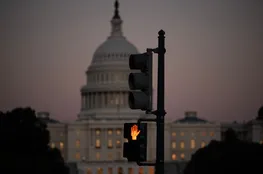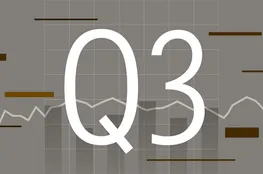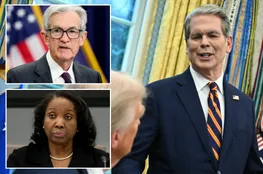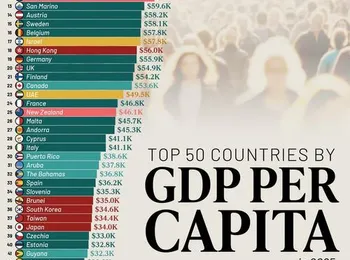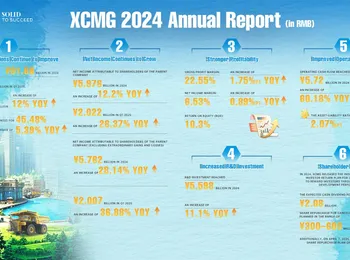China's manufacturing activity experienced a contraction for the second consecutive month in May, according to official survey data released on Saturday, fueling anticipation for further government stimulus to bolster the economy amidst ongoing trade tensions with the United States. The official Purchasing Managers' Index (PMI) edged up to 49.5 in May, compared to 49.0 in April, representing a slight improvement but still firmly below the 50-mark, which demarcates the threshold between economic expansion and contraction. This figure aligns with the median forecast of 49.5, as indicated by a Reuters poll.
Key indicators within the PMI revealed a rise in the new orders sub-index to 49.8 in May, up from 49.2 in April, suggesting a modest increase in demand. However, new export orders saw a more significant decline, falling to 47.5 from 44.7, indicating a weakening international market. The non-manufacturing PMI, encompassing services and construction sectors, dipped to 50.3 from 50.4, maintaining growth above the critical 50-mark. This suggests that while the manufacturing sector is struggling, the service and construction industries are currently contributing to economic growth. Earlier this month, the People’s Bank of China (PBOC) implemented a series of easing measures, including interest rate cuts and a substantial liquidity injection, signaling a proactive response to the economic headwinds.
Analysts widely expect that a finalized trade deal with the United States would diminish the necessity for more aggressive stimulus policies. Recent negotiations between Beijing and Washington have yielded a 90-day pause, involving reciprocal reductions in import tariffs, generating optimism regarding a de-escalation of trade tensions. Despite this progress, investors remain cautious, anticipating a protracted and complex negotiation process amidst broader global economic uncertainties. U.S. President Donald Trump further intensified the situation on Friday by accusing China of violating the 90-day agreement and subsequently announced a doubling of worldwide steel and aluminum tariffs to 50%, creating renewed anxieties within the international trade landscape.
China's economy demonstrated robust expansion in the first quarter, exceeding expectations, and the government has set a growth target of approximately 5% for the current year. However, concerns persist that U.S. tariffs could significantly disrupt this momentum. Notably, exports performed strongly in April, driven by heightened demand for materials from overseas manufacturers who capitalized on President Trump’s temporary tariff reduction. This surge in exports provided a temporary buffer against the negative impacts of the trade war. Moving forward, the success of the 90-day pause and the ultimate outcome of trade negotiations will be pivotal in determining the trajectory of China’s economic performance. Continued monitoring of PMI data, export figures, and geopolitical developments will be crucial for assessing the evolving risks and opportunities facing the Chinese economy. The interplay between domestic stimulus measures and international trade agreements will shape the economic outlook for China in the coming months.




